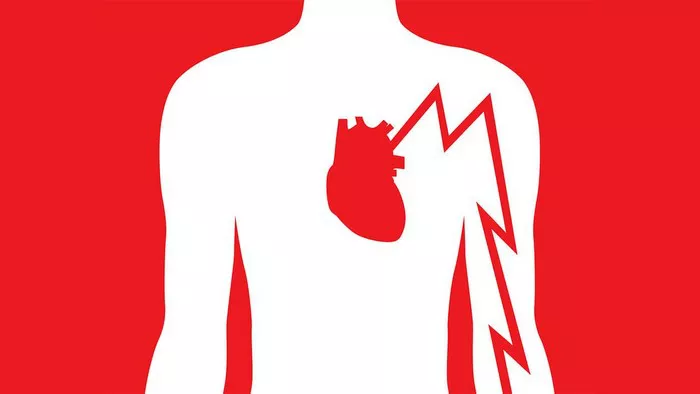A groundbreaking study has revealed that a subset of heart failure patients with artificial hearts may experience regeneration of heart muscle tissue. This discovery, co-led by Dr. Hesham Sadek, director of the University of Arizona’s Sarver Heart Center, could open doors to new treatments for heart failure, a condition affecting nearly 7 million adults in the U.S.
Published in Circulation, the study suggests that artificial hearts may provide a unique opportunity for heart muscle regeneration, a process once believed to be impossible. Heart failure, which currently has no cure, is typically managed through medications or advanced interventions like heart transplants and left ventricular assist devices (LVADs). These treatments help slow disease progression but do not reverse the damage to the heart muscle.
Dr. Sadek pointed out that while skeletal muscles can regenerate after injury, heart muscle has long been considered incapable of such recovery. However, the study’s findings challenge this belief.
Funded by the Leducq Foundation’s Transatlantic Networks of Excellence Program, the research team analyzed tissue samples from patients with artificial hearts, provided by the University of Utah Health. They collaborated with international experts who employed innovative carbon dating techniques to identify newly formed heart cells.
The results were striking. The study showed that patients with artificial hearts regenerated heart muscle cells at more than six times the rate seen in healthy hearts. “This is the strongest evidence we have so far that human heart muscle cells can actually regenerate,” Dr. Sadek said.
The research also supports the idea that heart muscle’s inability to “rest” after birth contributes to its loss of regenerative capacity. Dr. Sadek and his team propose that artificial hearts may offer the heart a form of “bed rest,” similar to how skeletal muscles recover after injury, allowing for the regeneration of heart tissue.
Despite these promising results, the team discovered that only about 25% of artificial heart patients show this regenerative response. Dr. Sadek plans to investigate why this occurs and explore ways to enhance this healing ability in all patients with artificial hearts.
The implications of this research are significant. Not only does it offer hope for improved treatments for heart failure, but it also suggests that mechanical hearts could play a role in regenerative medicine. This discovery brings scientists one step closer to unlocking the heart’s intrinsic ability to heal itself.
Related topics:
- FDA Clears Withings’ BPM Pro 2 Blood Pressure Monitor for Remote Heart Failure Monitoring
- HPCL Expands Free Heart Care Initiative through New Partnership
- New Gene Therapy Shows Promise in Reversing Heart Failure in Animal Model

